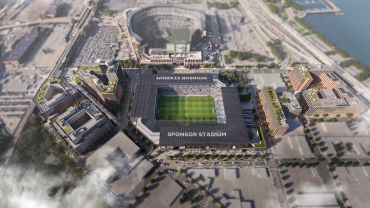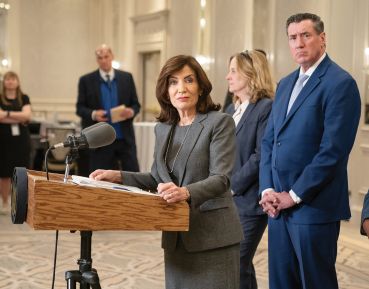Transparently Green: Landlords, Tenants, Gear Up for Local Law 84
By Daniel Geiger March 12, 2012 7:00 am
reprintsIn the meantime, Mr. Kontakosta and his research team at NYU, along with REBNY and other stakeholders, are working for a more equitable way to rate the efficiency of this select group of skyscrapers.
“It’s a very complex process to come up with a specialized methodology for these buildings that is reliable and accurate,” Mr. Kontakosta said.
Though landlords might feel unfairly stigmatized for their tenants’ energy consumption, Laurie Kerr, a senior advisor on buildings and energy for the city, said that it might push them to intervene in a situation that in the past they would have ignored.
“Without knowing how much energy is being used, there is no incentive to break this cycle,” Ms. Kerr said. “If there they are using too much energy, they will start to have that conversation with tenants.”
Some landlords are already moving to address the issue. Vornado, one of the city’s largest commercial landlords, has implemented a proprietary software system that allows tenants to view not only their own power consumption, but that of other tenants (the system protects the identity of the tenants it profiles).
Glen Weiss, a leasing director at Vornado, said that the capability is viewed as an attractive amenity by tenants and fosters a sense of best practices for power consumption habits among space users, just what the city hopes its electrical data will do for buildings in general. As a compliment to that data portal, Vornado offers to help tenants curb their appetites for power through consulting services it provides that help craft efficiency strategies.
“Tenants find it a major benefit,” Mr. Weiss said.
Vornado is not the only landlord to employ such sophisticated analysis and support. Brookfield (BN) Properties, another large owner, has a similar software platform, and the Durst Organization is developing one of its own.
Dgeiger@observer.com


